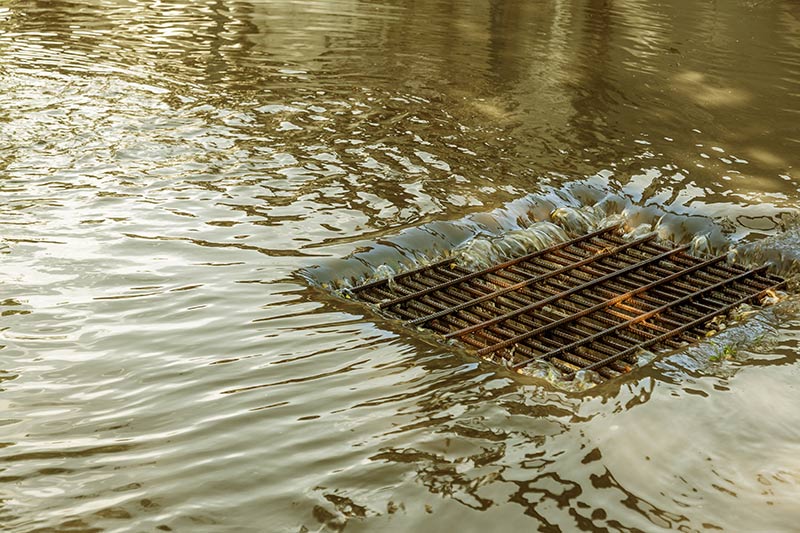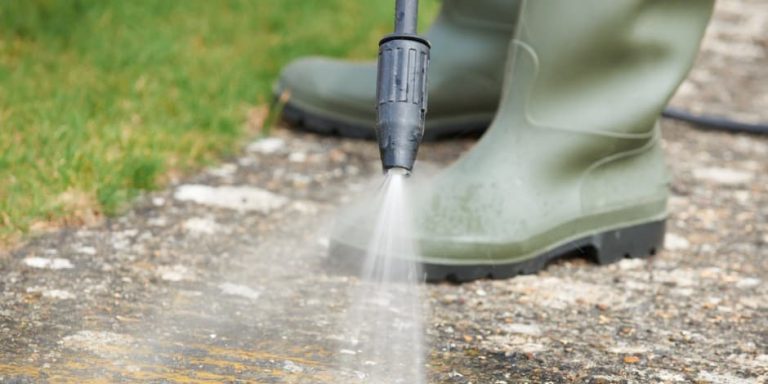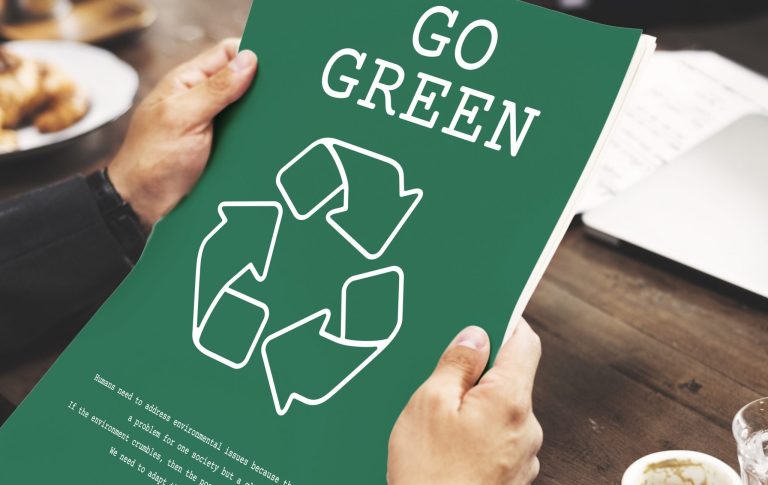
Stormwater systems are designed to channel rainwater safely away from homes, roads, and cities—but what happens when they’re overloaded with more than just water? One underappreciated contributor to this overload is power washing. While it might seem harmless, the practice can have far-reaching consequences for local stormwater infrastructure, water quality, and environmental health.
In this article, we’ll break down how routine pressure washing affects storm drains and what can be done to mitigate the impact. 🌎💦
🌀 What Are Stormwater Drainage Systems?
Stormwater drainage systems include:
- Gutters and downspouts
- Catch basins and grates
- Underground piping networks
- Retention and detention ponds
- Outfall discharge points into streams, lakes, or oceans
These systems are built to quickly carry away precipitation from paved areas to prevent flooding. However, they are not designed to handle polluted water—especially not the kind that results from power washing.
🧼 Power Washing Runoff: What’s In It?
When you pressure wash a surface, the water carries with it a cocktail of contaminants:
- Dirt and sediment
- Oil, grease, and automotive fluids
- Paint chips or sealants
- Chemical cleaners and surfactants
- Heavy metals and debris
This runoff is often unfiltered and flows directly into storm drains, bypassing wastewater treatment altogether. 🚫
🚨 Why This Is a Problem
Most stormwater systems don’t include filtration or chemical treatment. Their purpose is speed—not sanitation. So when polluted water from power washing enters the system, it flows:
- Into natural water bodies like rivers and lakes
- Through wetlands or urban streams
- Onto agricultural fields or soil via discharge points
This leads to a host of environmental and infrastructure-related problems.
🌊 Top Environmental Impacts
1. Pollution of Local Waterways
Contaminants in power washing runoff can:
- Harm fish, amphibians, and aquatic vegetation 🐟🌱
- Lead to algae blooms due to excess nutrients
- Create dead zones through oxygen depletion
- Introduce toxins like phosphates, chlorine, and degreasers
2. Storm Drain Clogging
Sediment, leaves, and solid debris washed into storm drains can accumulate and:
- Block water flow
- Increase urban flooding risk 🌧️🏙️
- Require expensive municipal cleanouts
3. Erosion and Infrastructure Damage
In high-pressure scenarios, runoff may be directed toward storm inlets, scouring the soil around grates or eroding drainage swales and culverts.
🧪 Real-World Example: Urban Runoff Load
A 2021 study in a mid-sized U.S. city found that:
- Just one commercial pressure washing job produced over 300 gallons of runoff containing high levels of surfactants and hydrocarbons.
- That single session contributed more pollutants to the storm system than several days of rainfall runoff.
Multiply this by hundreds or thousands of jobs across a city, and the cumulative impact is staggering. 📈
🧠 Who Is Affected?
- Municipalities: Have to deal with clogged drains, overflow events, and downstream pollution.
- Contractors and Businesses: Face fines for illegal discharge if caught violating runoff ordinances.
- Residents: Risk property flooding and reduced water quality in local lakes and rivers.
⚖️ Local Regulations and Permits
Many cities now require:
- Wastewater discharge permits for power washing
- Use of containment mats and vacuums to capture runoff
- Documentation of best management practices (BMPs) for environmental compliance
Fines for non-compliance can range from $500 to over $5,000 per violation. 📜💸
✅ Sustainable Solutions
Here are ways to prevent stormwater contamination from pressure washing:
1. Runoff Recovery Systems
- Use vacuum boom systems, drain covers, or berms to collect water
- Route water to holding tanks or sanitary sewers, not storm drains
2. Eco-Friendly Cleaners
- Choose biodegradable, non-toxic detergents that are safe for discharge
- Avoid phosphates, bleach, and petroleum-based degreasers
Browse Amazon Here For Eco-Friendly Pressure Washing Detergents
3. Educate and Train Staff
- Teach employees how to identify storm drains
- Train on proper wastewater containment and disposal techniques
4. Plan Around the Drainage Map
- Know the layout of the property’s drainage system
- Divert flow away from drains using absorbent socks or sandbags
📊 Visual: Power Washing vs. Rainwater Runoff
| Source | Treated Before Discharge? | Typical Contaminants | Environmental Risk |
|---|---|---|---|
| Rainwater (clean roofs) | ❌ No | Dust, pollen, debris | Low to moderate |
| Power washing runoff | ❌ No | Chemicals, oils, heavy metals | High |
| Wastewater (to sewers) | ✅ Yes | Human waste, detergents (treated) | Low after treatment |
🌎 Final Thoughts
Stormwater systems are built for one thing: moving rain. When we add pollutants from power washing into the mix, we’re not just cleaning driveways—we’re dirtying rivers, eroding public infrastructure, and harming ecosystems.
The good news? These impacts are completely preventable. With the right tools, practices, and awareness, pressure washing can be both effective and environmentally responsible. 🚿🌱💧
Browse Amazon Here For Popular Pressure Washers And Accessories






